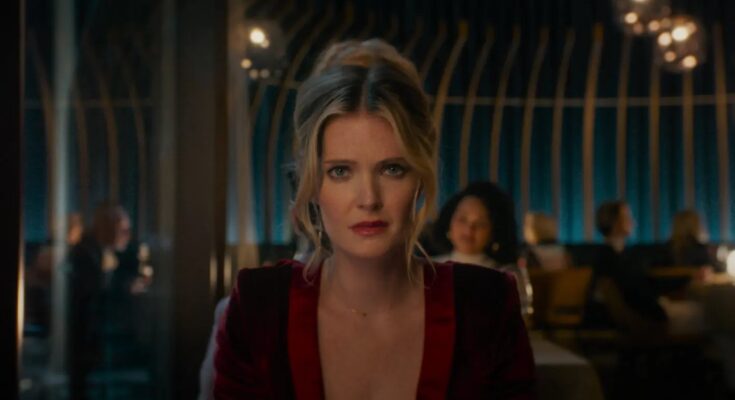In an age where our thumbs flick endlessly through chaos, Drop doesn’t just reflect the digital spiral — it drags you into it. Tense, hypnotic, and at times downright claustrophobic, Drop is the cinematic embodiment of a doomscroll. And it knows it.
Directed with an unflinching gaze, Drop plunges into the dark heart of digital dependence, misinformation, and algorithmic manipulation. From its opening frame, the film feels like a descent — not just into a narrative, but into a state of mind. It’s fragmented, flickering, and fast-paced, mirroring the way we consume content in 2025: in endless, numbing loops.
The story follows [insert character name if known], whose casual browsing morphs into obsession as reality blurs with the virtual. The film’s structure mimics a social feed — short bursts of content, abrupt tonal shifts, and a haunting soundtrack that refuses to let you breathe. There’s a constant sense of unease, as if something awful is just one swipe away. And often, it is.
Performances are deliberately muted, almost glazed over — a creative choice that echoes the emotional flatline of overstimulation. But Drop isn’t just aesthetic. Beneath the stylized chaos is sharp commentary on how online spaces distort identity, morality, and memory. It asks: when everything is curated for engagement, what happens to truth?
Is it an easy watch? Absolutely not. But that’s the point. Drop isn’t here to comfort you. It’s here to hold up a mirror — cracked, glitchy, and disturbingly familiar.
Verdict:
⭐️⭐️⭐️⭐️½
Drop is unsettling, artful, and painfully relevant. The ultimate doom scroll — and you won’t be able to look away.



